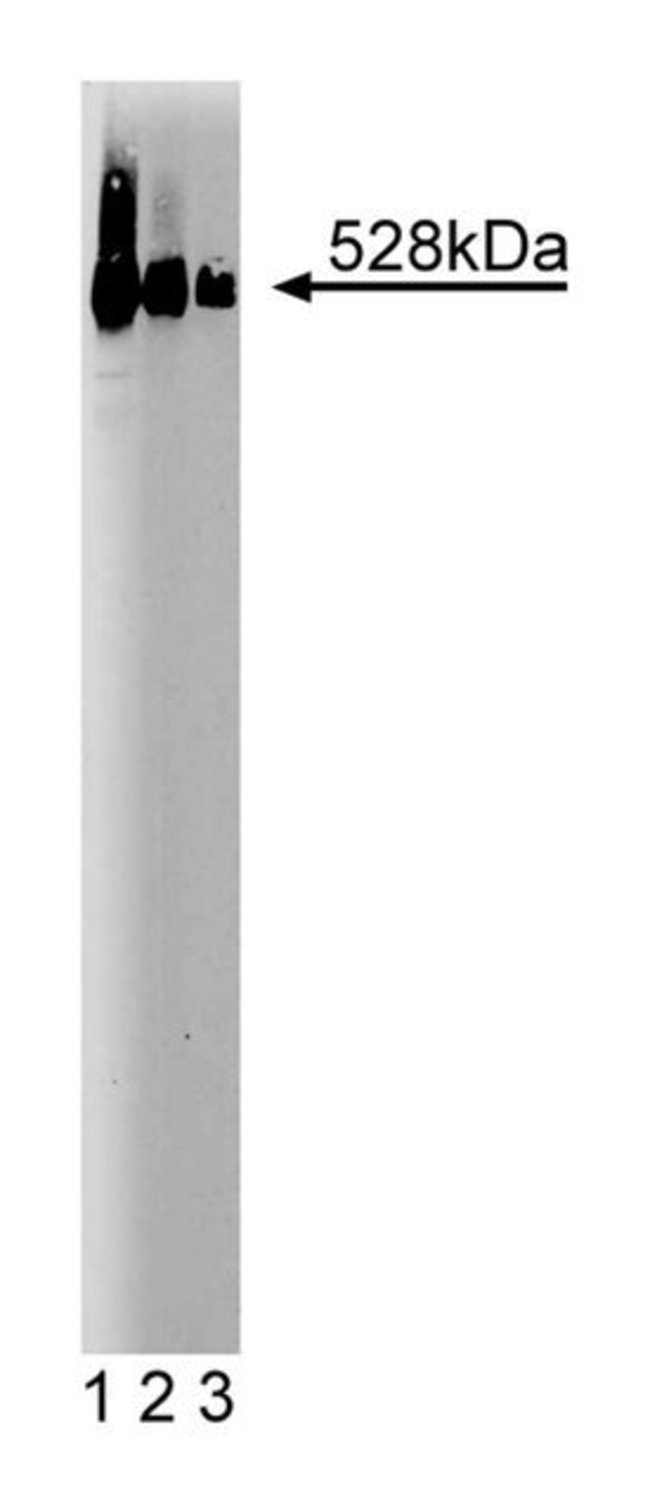BRUCE Mouse, Unlabeled, Clone: 4, BD, Mouse Monoclonal Antibody, Each

Details
Selective proteolysis is essential for the modulation of key cellular processes such as cell cycle progression. However, unlike other post-translational events, proteolysis is irreversible and therefore must occur in unidirectional cellular pathways. In eukaryotes, proteolysis is mediated primarily by the ubiquitin pathway. This pathway designates proteins for degradation by the proteasome, a multicatalytic protease complex. The ubiquitin pathway is a multistep system that tags proteins for degradation via the attachment of ubiquitin molecules to the target. This attachment is mediated by the ubiquitin activating/conjugating enzymes E1, E2, E3, and BRUCE. BRUCE (BIR Repeat containing Ubiquitin-Conjugating Enzyme) is a novel enzyme that associates with the Golgi and the vesicular system. It contains a UBC (ubiquitin conjugating enzyme) domain, which is essential for catalysis, and a BIR (baculovirus inhibitor of apoptosis repeat) motif. BIR motifs are also found within inhibitor of apoptosis proteins (IAP) and are critical for anti-apoptotic activity. Therefore, BRUCE may function to both mediate ubiquitin-dependent proteolysis and contribute to anti-apoptotic cellular pathways.Host Species: MouseClone: 4Isotype: IgG1Species Reactivity: HumanImmunogen: Mouse BRUCE aa. 372-571Formula Weight [Chemical]: 528kDaImmunofluorescence, Western Blotting
Additional Information
| SKU | 10135304 |
|---|---|
| UOM | Each |
| UNSPSC | 12352203 |
| Manufacturer Part Number | 611193 |

